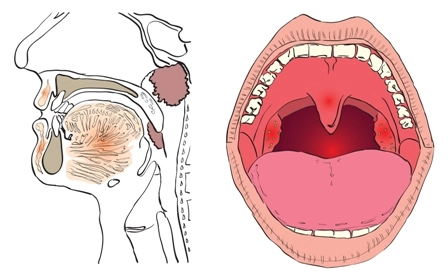Hone Your Lesion Shaving vs. Excision Skills
Question: When we bill for a shaving or excision of skin lesion, we’re uncertain how we should calculate the lesion size. Do we consider only the size of the lesion removed, or should we also count the amount of normal tissue margin? Tennessee Subscriber Answer: The short answer is that you do not consider the margin when you code a lesion shave, but you do consider the margin when you code a lesion excision. To help you know the difference based on the op note, remember that shaving does not typically include sutures or invade lower levels of the skin, while excision codes specifically deal with full-thickness removals. For instance: The surgeon shaved a 0.8 cm benign lesion on the foot, removing a 0.4 cm margin around the lesion. You should code this as 11306 (Shaving of epidermal or dermal lesion, single lesion, scalp, neck, hands, feet, genitalia; lesion diameter 0.6 to 1.0 cm). You should not add the margin, which would lead you to choose 11307 (…1.1 to 2.0 cm). On the other hand, when reporting an excision, you should take into account both the lesion diameter and the margin removed to arrive at the code. In fact, the formula for calculating the excised lesion size is the greatest diameter of the lesion plus two times the most-narrow margin required to adequately excise the lesion (based on the surgeon’s judgment). You multiply the margin by two because the margin is on both sides of the lesion as measured across. The surgeon should measure the lesion and margin and document that information for the op note before excising the lesion. Example: If the surgeon excised, rather than shaved, a lesion with the exact details of the shaving example (0.8 cm benign lesion on the foot, with a 0.4 cm margin around the lesion), you should calculate the lesion size as 1.6 cm (0.8 + 2x0.4 = 1.6). That means you should report the excision as 11422 (Excision, benign lesion including margins, except skin tag [unless listed elsewhere], scalp, neck, hands, feet, genitalia; excised diameter 1.1 to 2.0 cm), not 11421 (…excised diameter 0.6 to 1.0 cm).




